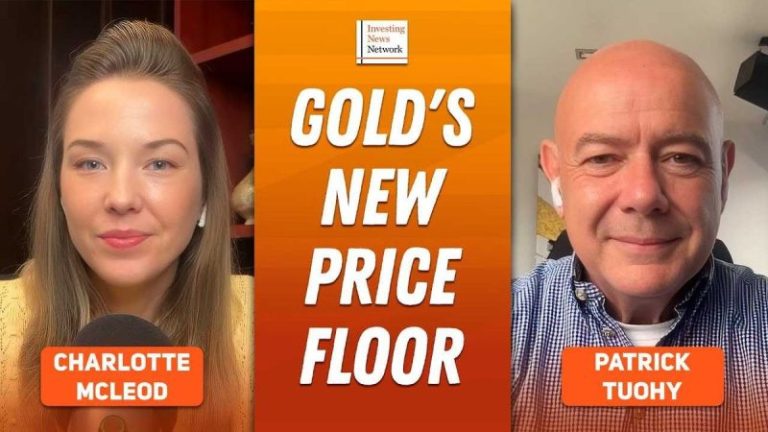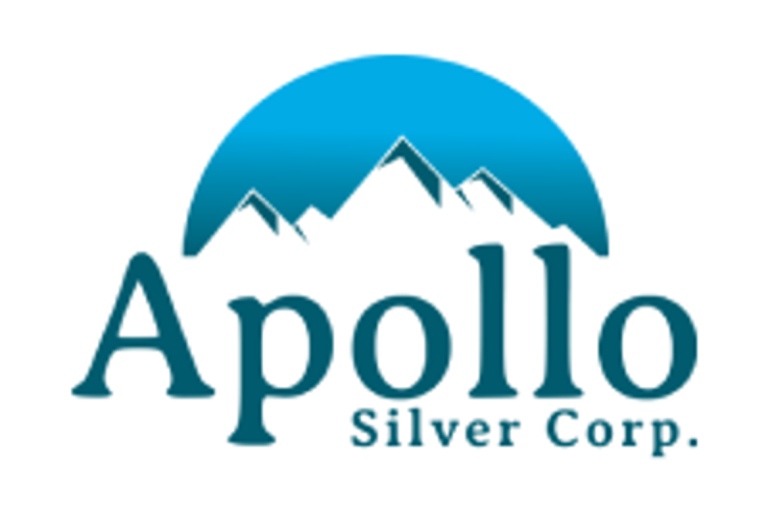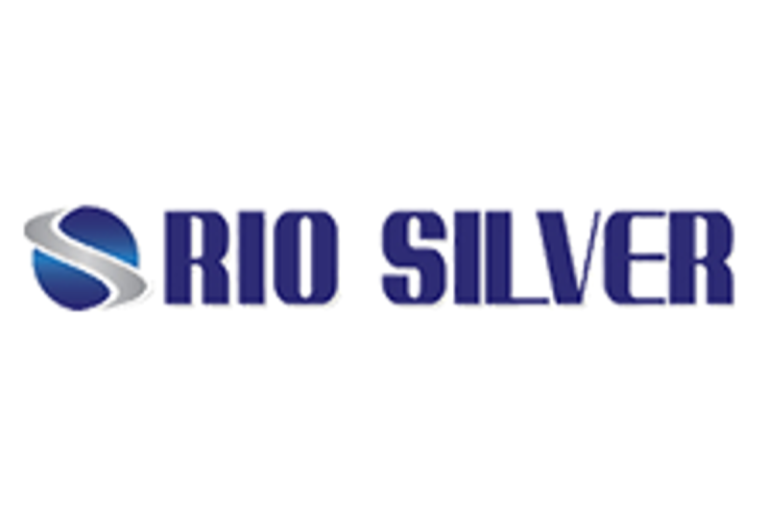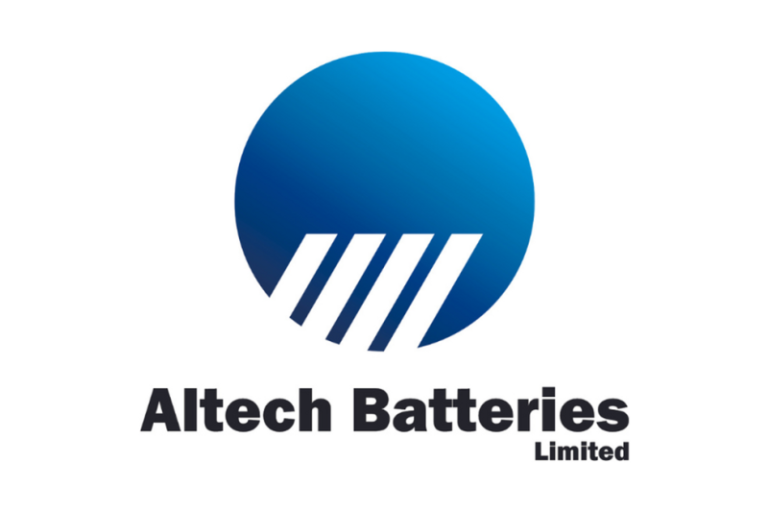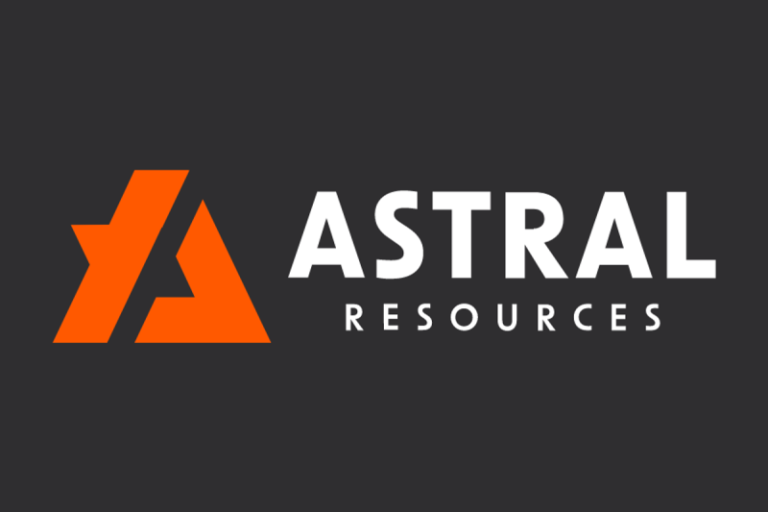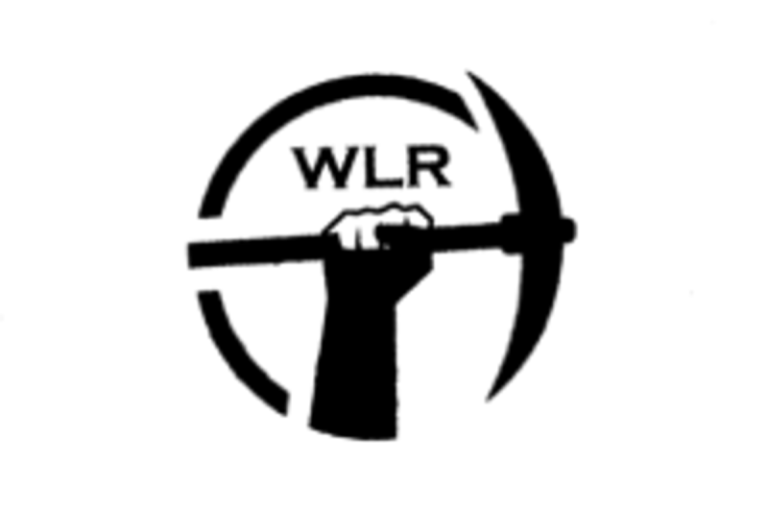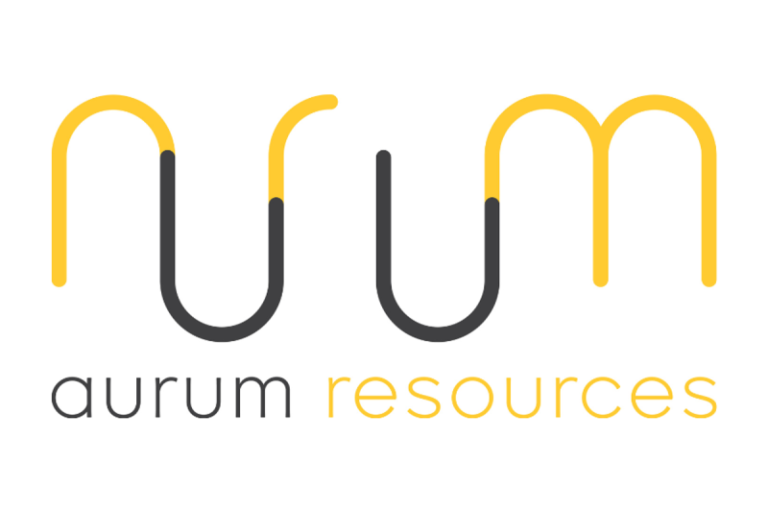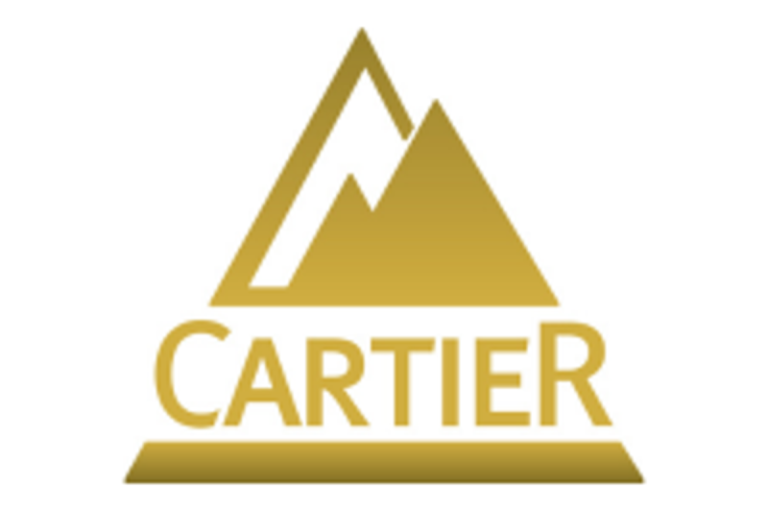Apollo Silver Corp. (‘ Apollo Silver ‘ or the ‘ Company ‘) (TSX.V:APGO, OTCQB:APGOF, Frankfurt:6ZF0) is pleased to announce the Company has closed the final tranche of its previously announced upsized non-brokered private placement (the ‘Upsized Offering’), raising gross proceeds of $1,641,503 through the issuance of 455,973 units (the ‘Units’) of the Company at a price of $3.60 per Unit. The Company previously closed the first tranche of the Upsized Offering, as announced in its October 22, 2025 press release, for gross proceeds of $25,134,145. In aggregate, the Upsized Offering raised total proceeds of $26,775,648 through the issuance of 7,437,680 Units.
Each Unit issued pursuant to the Upsized Offering consists of one common share (a ‘Share’) in the capital of the Company and one common Share purchase warrant (a ‘Warrant’). Each Warrant entitles the holder thereof to purchase one Share at an exercise price of $5.50 for 24 months from the closing date of the Offering. The Warrants will be subject to an acceleration provision, such that if at any time after the date that is four months and one day after the closing, the Company’s Shares trade on the TSX Venture Exchange (the ‘TSXV’) at a closing price of $7.50 or greater per Share for a period of ten (10) consecutive trading days, the Company may accelerate the expiry of the Warrants by giving notice to the holders thereof and, in such case, the Warrant will expire on the thirtieth (30th) day after the date of such notice (the ‘Acceleration Provision’).
The Company would like to thank existing and new shareholders including Eric Sprott, Primevest Capital, Sprott Asset Management, Commodity Capital, Jupiter Asset Management and others for their continued support through participation in this financing.
‘We are very pleased with the strong interest in our private placement and deeply appreciate the confidence shown by the institutional, retail, and strategic investors who have backed management’s vision to advance our Tier 1 assets,’ said Ross McElroy, President & CEO of Apollo Silver. ‘The funds raised from this financing position the Company well to advance our Calico Silver Project in San Bernardino County, California, and to support ongoing efforts toward securing surface access and advance the Cinco de Mayo Project in Chihuahua, Mexico.’
In connection with subscriptions received in the Upsized Offering, the Company will pay aggregate finder’s fees totaling $901,395.18, payable in cash and/or Units to BMO Capital Markets, Canaccord Genuity, Red Cloud Securities Inc., Research Capital Corporation and SCP Resource Finance.
The securities issued under the Upsized Offering are subject to a four-month hold period from the date of closing. The Company intends to use the net proceeds from the Upsized Offering to continue advancing the Calico Silver Project in San Bernardino, California; support community relations initiatives at the Cinco de Mayo Silver Project in Chihuahua, Mexico; cover ongoing property maintenance costs at both projects; and for general corporate purposes. The Upsized Offering remains subject to the final approval of the TSXV.
The Offering included participation by certain insiders of the Company for an aggregate of 405,557 units totaling gross proceeds of $1,460,005.20. Such participation constitutes a ‘related party transaction’ under Multilateral Instrument 61-101 – Protection of Minority Security Holders in Special Transactions (‘MI 61-101’). The issuance of securities to insiders is exempt from the valuation requirement pursuant to section 5.5(b) of MI 61-101, as the Company’s shares are not listed on a specified market, and from the minority shareholder approval requirement pursuant to section 5.7(a) of MI 61-101, as the fair market value of the securities issued to related parties does not exceed twenty five percent of the Company’s market capitalization.
The Shares have not been, and will not be, registered under the United States Securities Act of 1933, as amended (the ‘U.S. Securities Act’), or any U.S. state securities laws, and may not be offered or sold in the United States without registration under the U.S. Securities Act and all applicable state securities laws or compliance with the requirements of an applicable exemption therefrom. This news release shall not constitute an offer to sell or the solicitation of an offer to buy securities in the United States, nor shall there be any sale of these securities in any jurisdiction in which such offer, solicitation or sale would be unlawful.
About Apollo Silver Corp.
Apollo is advancing one of the largest undeveloped primary silver projects in the US. The Calico Silver Project hosts a large, bulk minable silver deposit with significant barite and zinc credits – recognized as critical minerals essential to the US energy and medical sectors. The Company also holds an option on the Cinco de Mayo Project in Chihuahua, Mexico, which is host to a major carbonate replacement (CRD) deposit that is both high-grade and large tonnage. Led by an experienced and award-winning management team, Apollo is well positioned to advance the assets and deliver value through exploration and development.
Please visit www.apollosilver.com for further information.
ON BEHALF OF THE BOARD OF DIRECTORS
Ross McElroy
President and CEO
For further information, please contact:
Email: info@apollosilver.com
Telephone: +1 (604) 428-6128
Neither the TSX Venture Exchange nor its Regulation Services Provider (as that term is defined in the policies of the TSX Venture Exchange) accepts responsibility for the adequacy or accuracy of this release.
Cautionary Statement Regarding ‘Forward-Looking’ Information
This news release includes ‘forward-looking statements’ and ‘forward-looking information’ within the meaning of Canadian securities legislation. All statements included in this news release, other than statements of historical fact, are forward-looking statements including, without limitation, statements with respect to the intended use of proceeds from the Upsized Offering; receipt of final approval from the TSXV; the advancement and potential of the Company’s Calico Project and Cinco de Mayo Project; the Company’s plans and expectations relating to exploration, permitting, and future development activities at Calico and Cinco de Mayo; efforts to obtain and maintain surface access and community support at Cinco de Mayo; and the anticipated benefits to the Company and its shareholders. Forward-looking statements include predictions, projections and forecasts and are often, but not always, identified by the use of words such as ‘anticipate’, ‘believe’, ‘plan’, ‘estimate’, ‘expect’, ‘potential’, ‘target’, ‘budget’ and ‘intend’ and statements that an event or result ‘may’, ‘will’, ‘should’, ‘could’ or ‘might’ occur or be achieved and other similar expressions and includes the negatives thereof.
Forward-looking statements are based on the reasonable assumptions, estimates, analysis, and opinions of the management of the Company made in light of its experience and its perception of trends, current conditions and expected developments, as well as other factors that management of the Company believes to be relevant and reasonable in the circumstances at the date that such statements are made. Forward-looking information is based on reasonable assumptions that have been made by the Company as at the date of such information and is subject to known and unknown risks, uncertainties and other factors that may have caused actual results, level of activity, performance or achievements of the Company to be materially different from those expressed or implied by such forward-looking information, including but not limited to: risks associated with mineral exploration and development; metal and mineral prices; availability of capital; accuracy of the Company’s projections and estimates; realization of mineral resource estimates, interest and exchange rates; competition; stock price fluctuations; availability of drilling equipment and access; actual results of current exploration activities; government regulation; political or economic developments; environmental risks; insurance risks; capital expenditures; operating or technical difficulties in connection with development activities; personnel relations; and changes in Project parameters as plans continue to be refined. Forward-looking statements are based on assumptions management believes to be reasonable, including but not limited to the price of silver, gold and barite; the demand for silver, gold and barite; the ability to carry on exploration and development activities; the timely receipt of any required approvals; the ability to obtain qualified personnel, equipment and services in a timely and cost-efficient manner; the ability to operate in a safe, efficient and effective matter; and the regulatory framework regarding environmental matters, and such other assumptions and factors as set out herein. Although the Company has attempted to identify important factors that could cause actual results to differ materially from those contained in forward-looking information, there may be other factors that cause results not to be as anticipated, estimated or intended. There can be no assurance that forward-looking statements will prove to be accurate and actual results, and future events could differ materially from those anticipated in such statements. Accordingly, readers should not place undue reliance on forward looking information contained herein, except in accordance with applicable securities laws. The forward-looking information contained herein is presented for the purpose of assisting investors in understanding the Company’s expected financial and operational performance and the Company’s plans and objectives and may not be appropriate for other purposes. The Company does not undertake to update any forward-looking information, except in accordance with applicable securities laws .

